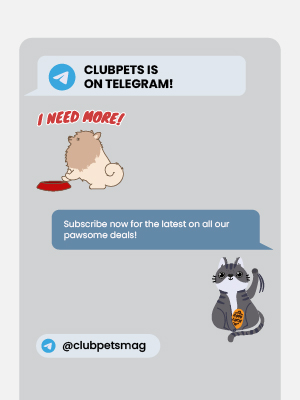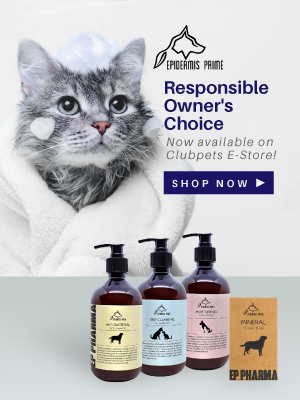A Little Chubbiness in Your Pet Won’t Hurt… Or Will It?
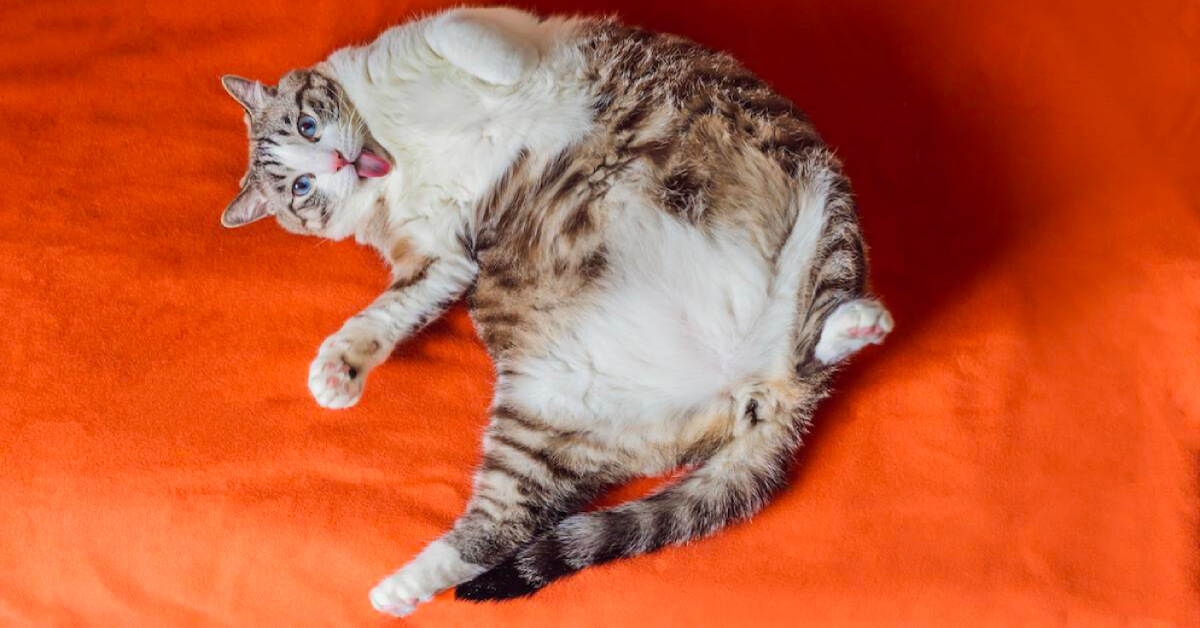
Note: This article was written for and originally posted on Silversky
The worldwide prevalence of pet obesity lies between 22% and 44%, according to Vet Record, the official journal of the British Veterinary Association — and the rates seem to be rising.
But what does this mean for pet owners? You may be concerned to know that the common consensus among vets is that being overweight could shave up to 2 years off your furry companion’s lifespan. Here’s why you need to take your pet’s weight into consideration:
Why is obesity a risk?
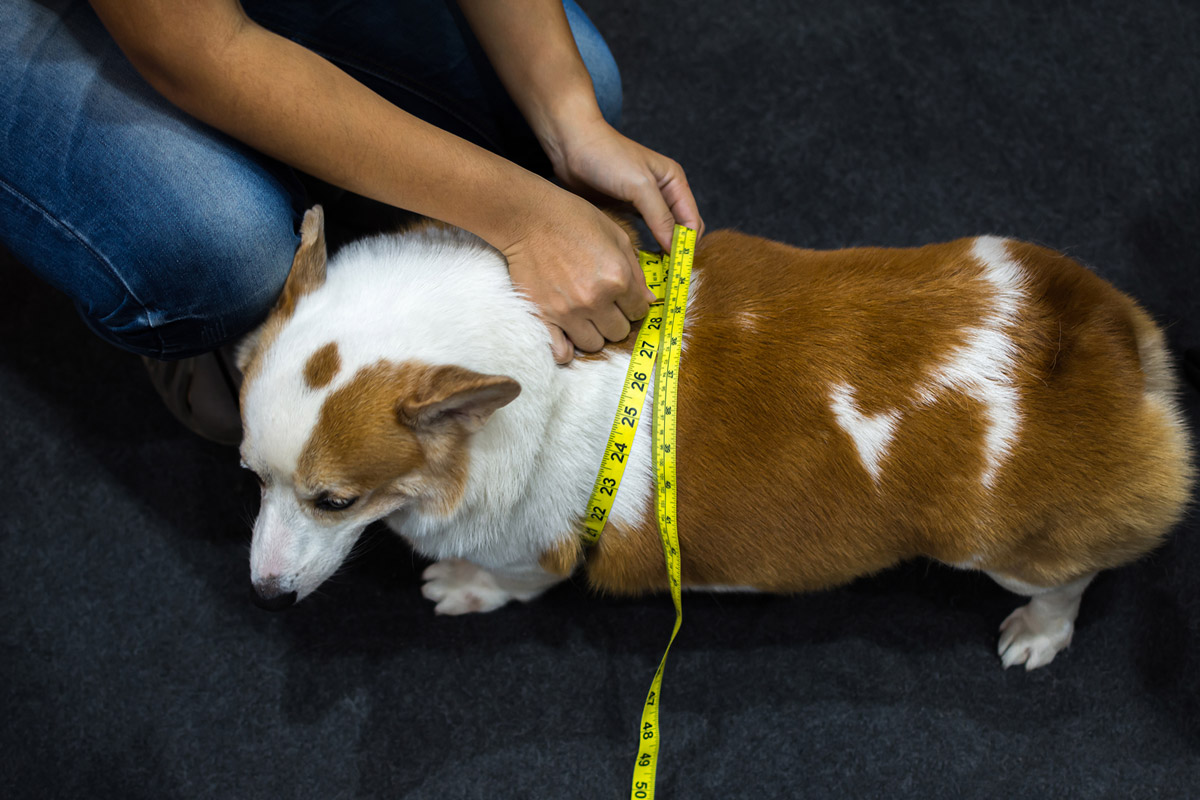
Additional weight can lead to cardiovascular problems like heart disease and high blood pressure in your pet. It has also been linked to breathing problems and a decrease in lung function, making them more vulnerable to a collapsing trachea and laryngeal paralysis. If left untreated, these airway conditions could lead to a respiratory crisis which could even be fatal.
Adding on to the diseases, the extra weight puts unnecessarily strenuous pressure on your pet’s joints, which increases the speed at which its joint cartilage deteriorates. This can lead to arthritis, which is a progressive and incurable condition.
That’s not all — obesity may increase the risk of certain tumour growth, such as benign fatty tumours, as well as breast and bladder cancer. Overweight dogs also tend to have more skin folds, which can give rise to more skin problems due to irritation and fungal infection of the folded skin.
And while it may seem like an overweight or obese pet would be an obvious concern to its owner, that’s not always the case simply because of how adorable it looks in the eyes of its caretaker. However, if you do happen to notice that your furkid is looking a little on the pudgy side, that’s usually the first sign that you should start being more mindful about its weight.
We recommend consulting one of your trusted vets in Singapore to have the information you need to determine how many calories he or she should eat daily, or if there’s any pet food brand best for weight loss. Appropriate commercial diets to feed your dogs will include Wellness CORE® Reduced Fat or Wellness CORE® Small Breed Healthy Weight, which are formulated with high fibre, 25% less fat, and optimal calorie levels to support weight management. For cats, you may consider Wellness CORE Indoor, which contains 10% fewer calories than the original formula for cats with a less active, indoor lifestyle.
So, how are we making our pets obese?
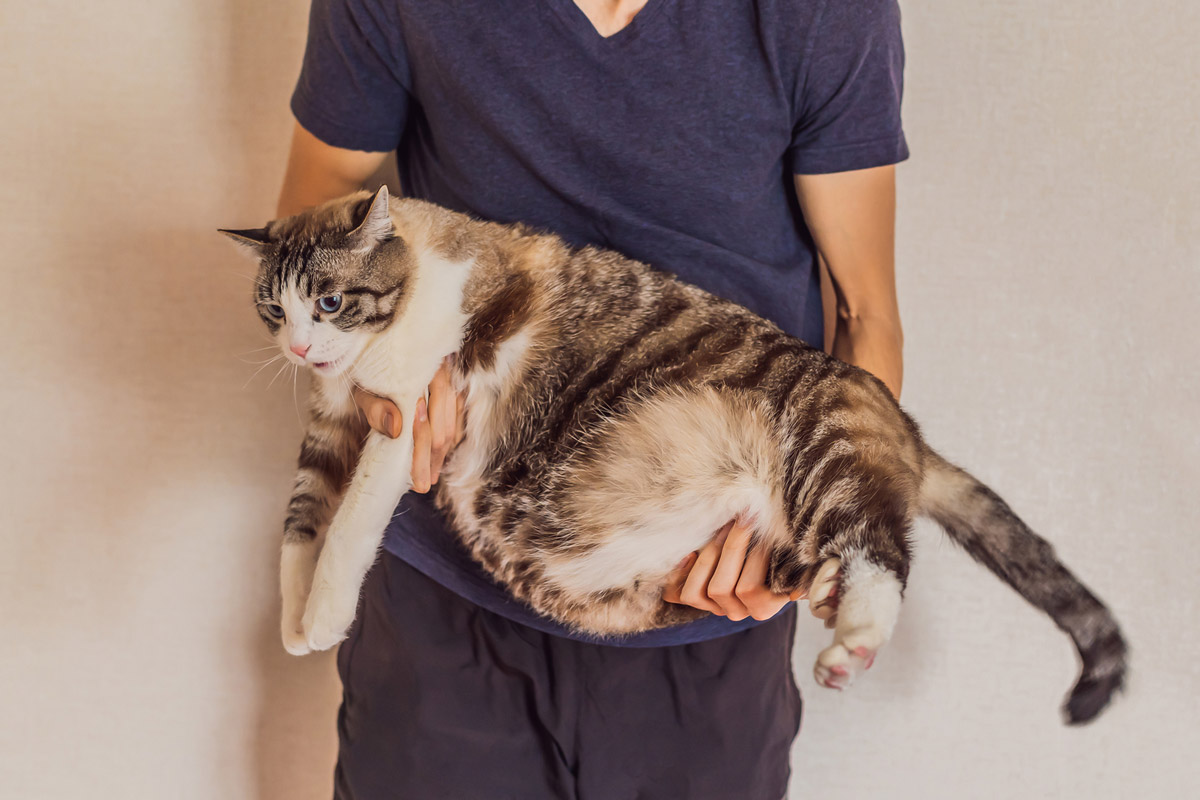
Weight gain in pets may happen for several reasons that range from age, lack of exercise, to overfeeding. As dogs and cats get older, they’re more likely to become overweight because of a slower metabolism and lower energy levels that lead to a more sedentary lifestyle.
Just like how regular exercise is important for humans to stay trim and healthy, dogs and cats should also get at least gentle to moderate exercise daily to maintain the ideal body weight, regardless of their age, weight, or health condition. There are various types of low-impact exercises such as gentle play and swimming to choose from, so there’s really no excuse! If you’re unsure as to how much and what exercises your pet can do, simply consult your vet.
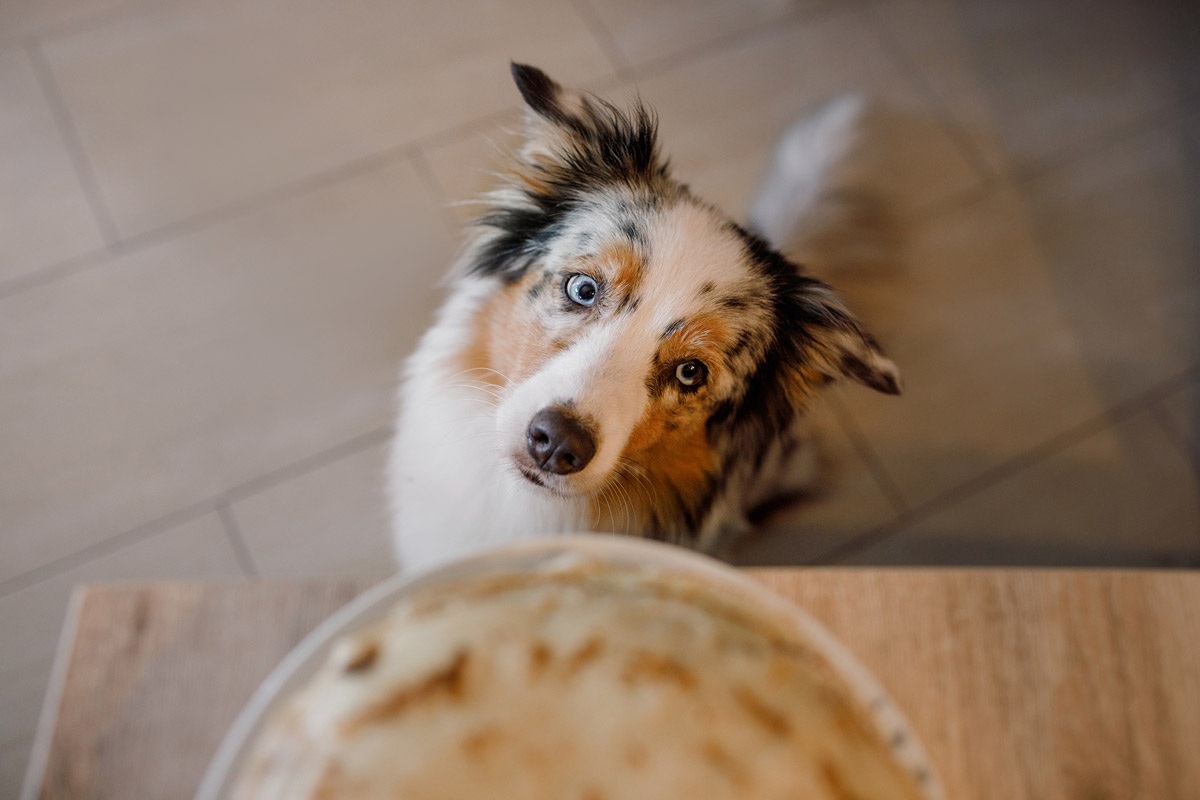
Overweight pets also tend to be fed more snacks and table scraps, and they might be consuming calorie-dense foods and commercial treats, or having one large meal daily. It is also said that if your pet has been neutered or spayed, it may be more prone to weight gain because the reproductive hormones controlled by the removed sex organs influence muscle mass and tendon and ligament strength.
Of course, rapid weight gain may also be a sign of an underlying health condition, which includes Cushing’s disease or hypothyroidism. We recommend bringing your pet to the vet for a medical examination if you do notice a sudden weight gain or increase in appetite in your pet.
How can I keep my pet fit and healthy?
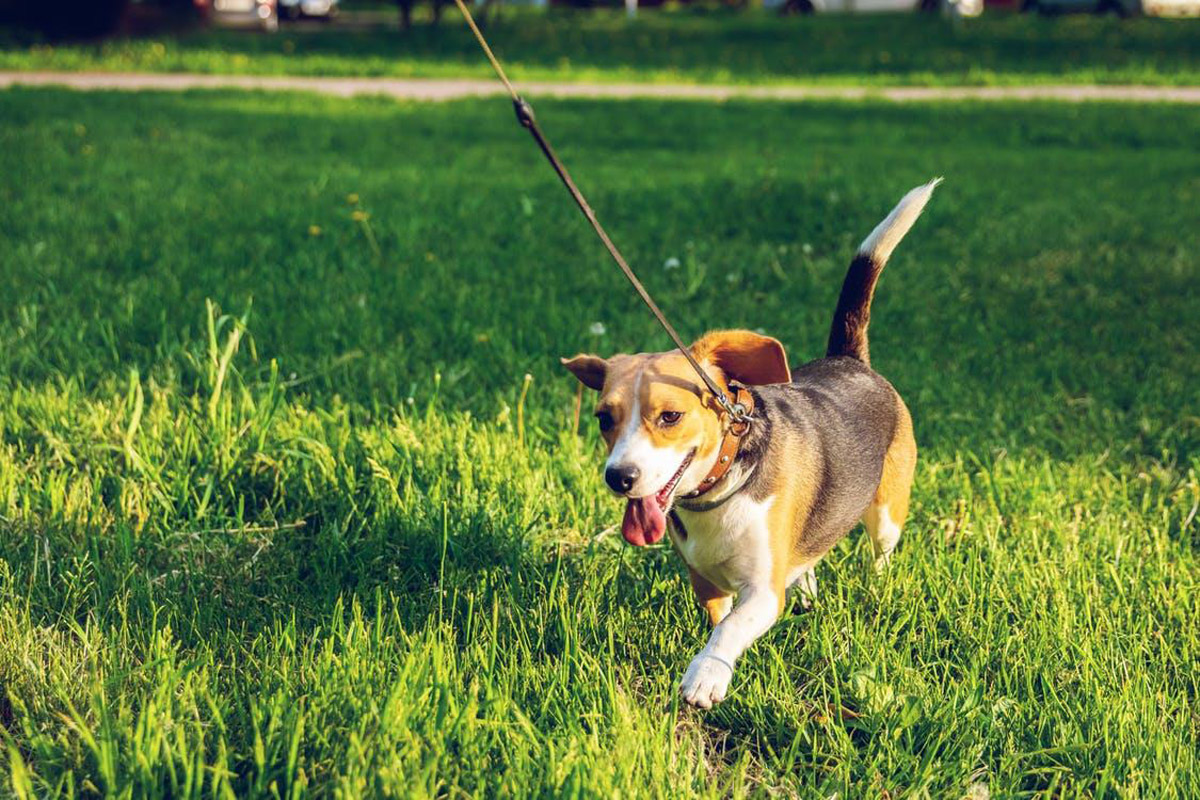
Source: Artem Beliaikin on Pexels
There are a few ways you can ensure that your pet remains of ideal weight. Firstly, cut back on the table scraps and treats. Only feed your pet its necessary calories during its mealtimes, which should be at least twice a day to reduce hunger between meals and food-associated behavioural issues like begging and stealing food. Also, only give healthy treats such as fruits and boiled vegetables as snacks or training rewards.
Secondly, make sure your pet clocks in its daily exercise requirements. Buy some toys from an online pet store to get your pet moving or bring it out for a walk. Fortunately, this is the fun part for owners, as it involves having more fun and bonding time with your pet! It also helps owners get active themselves. After all, studies have shown that overweight pet owners are likely to have overweight dogs, according to the Association for Pet Obesity Prevention in the US.
If your pet is already overweight, schedule an appointment with your vet so that you can tailor a weight-loss programme complete with exercise and dietary changes to your pet’s needs.
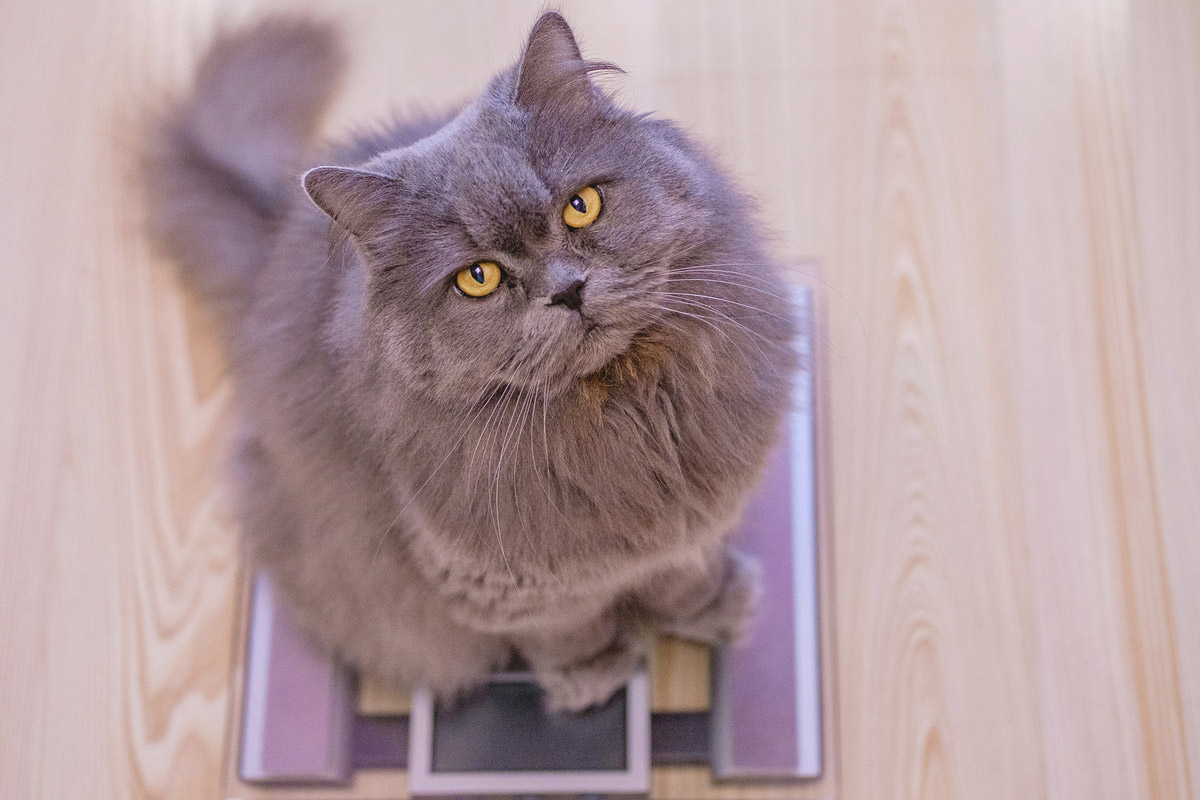
At the end of the day, what’s really important to remember is that weight loss needs to be a family or household affair. It takes dedication and commitment from every one of your pet’s guardians to ensure that it stays on track with regulated mealtimes and suitable exercise routines. Keep in mind that as pet parents, you are also responsible for choosing the right food for your pet according to its breed, weight, size, and activity level so that it expands as much as it eats!





